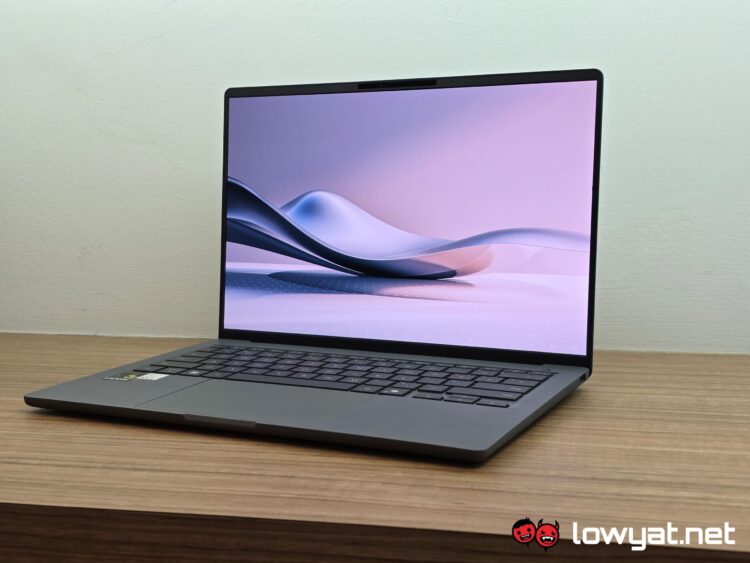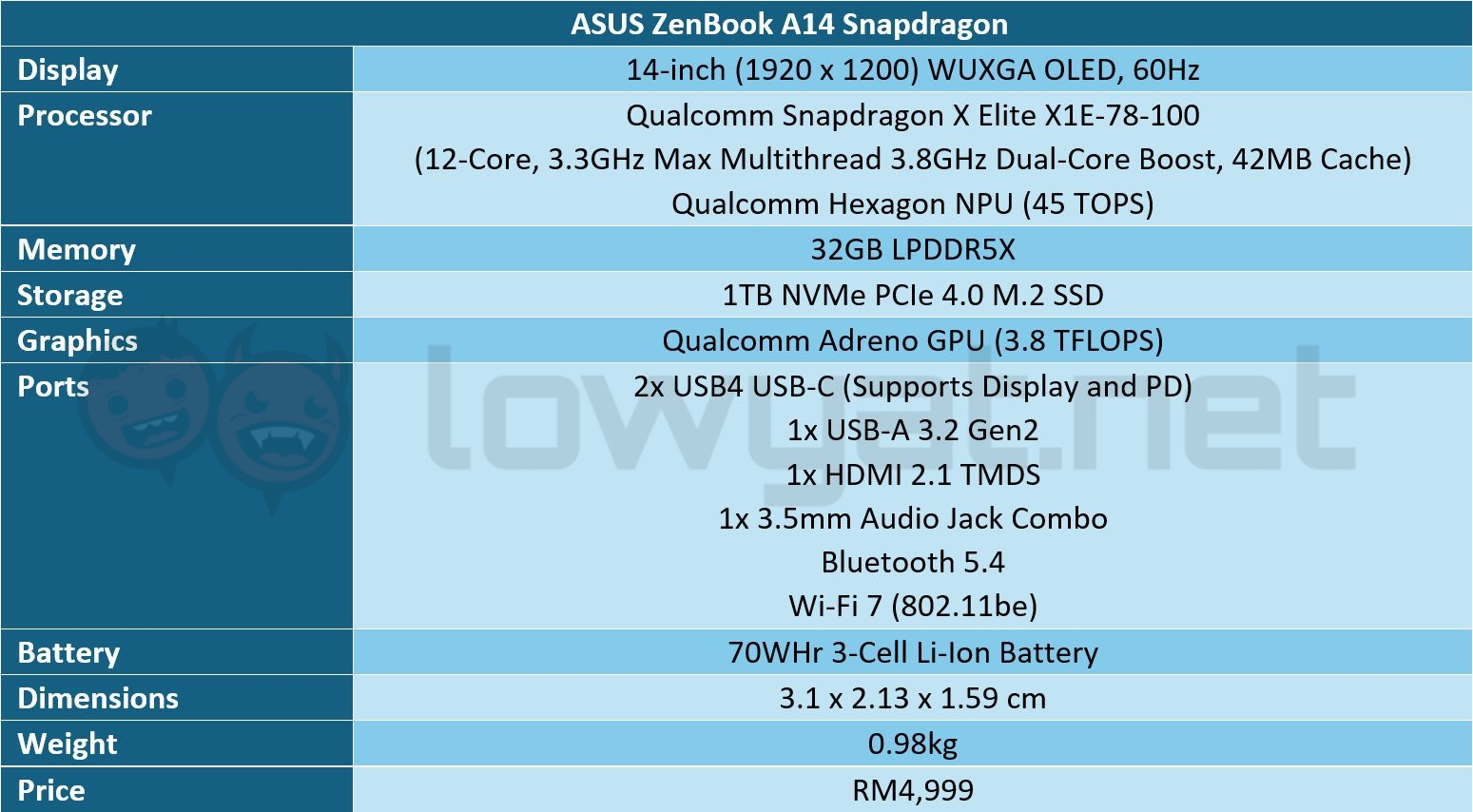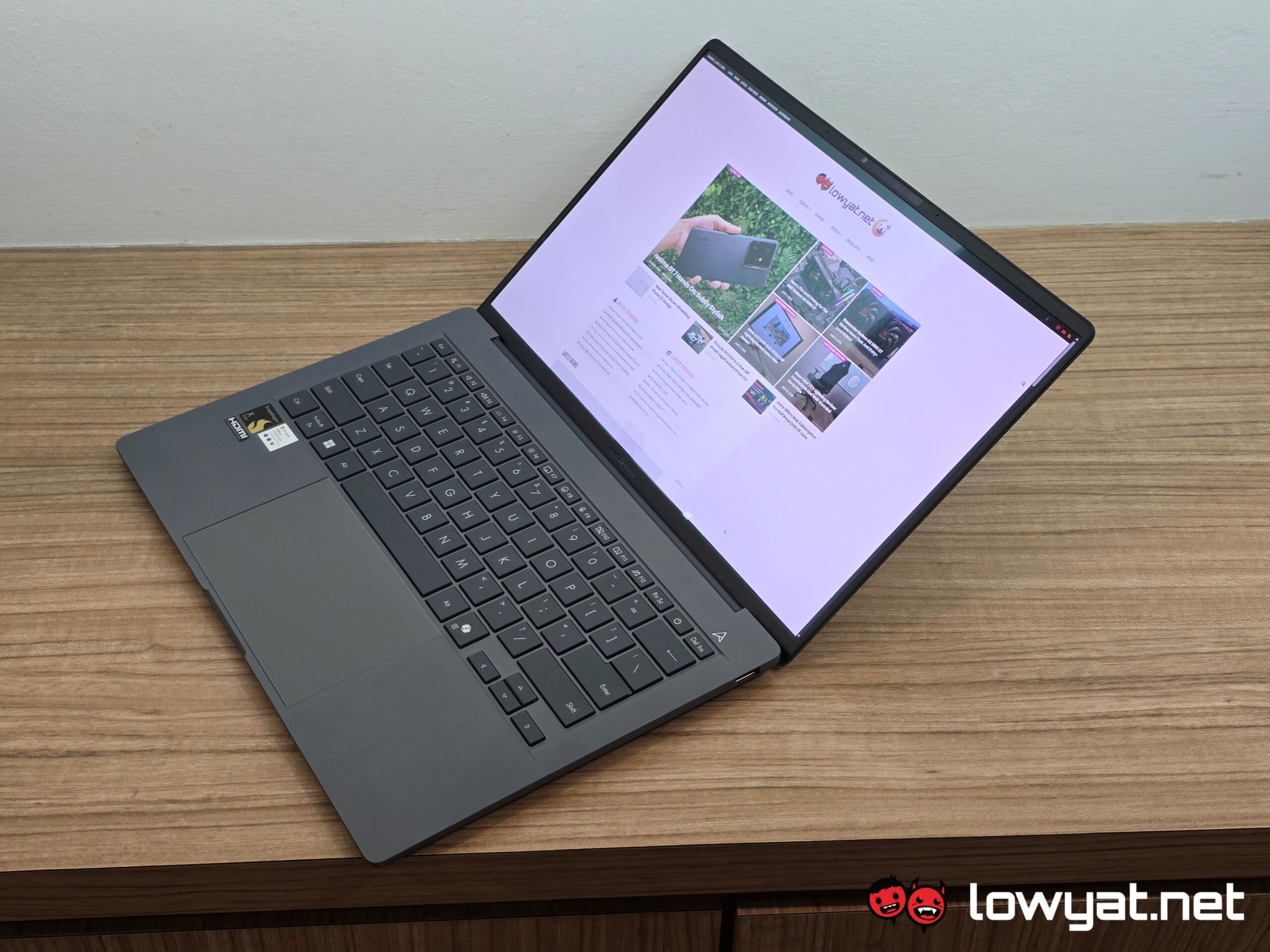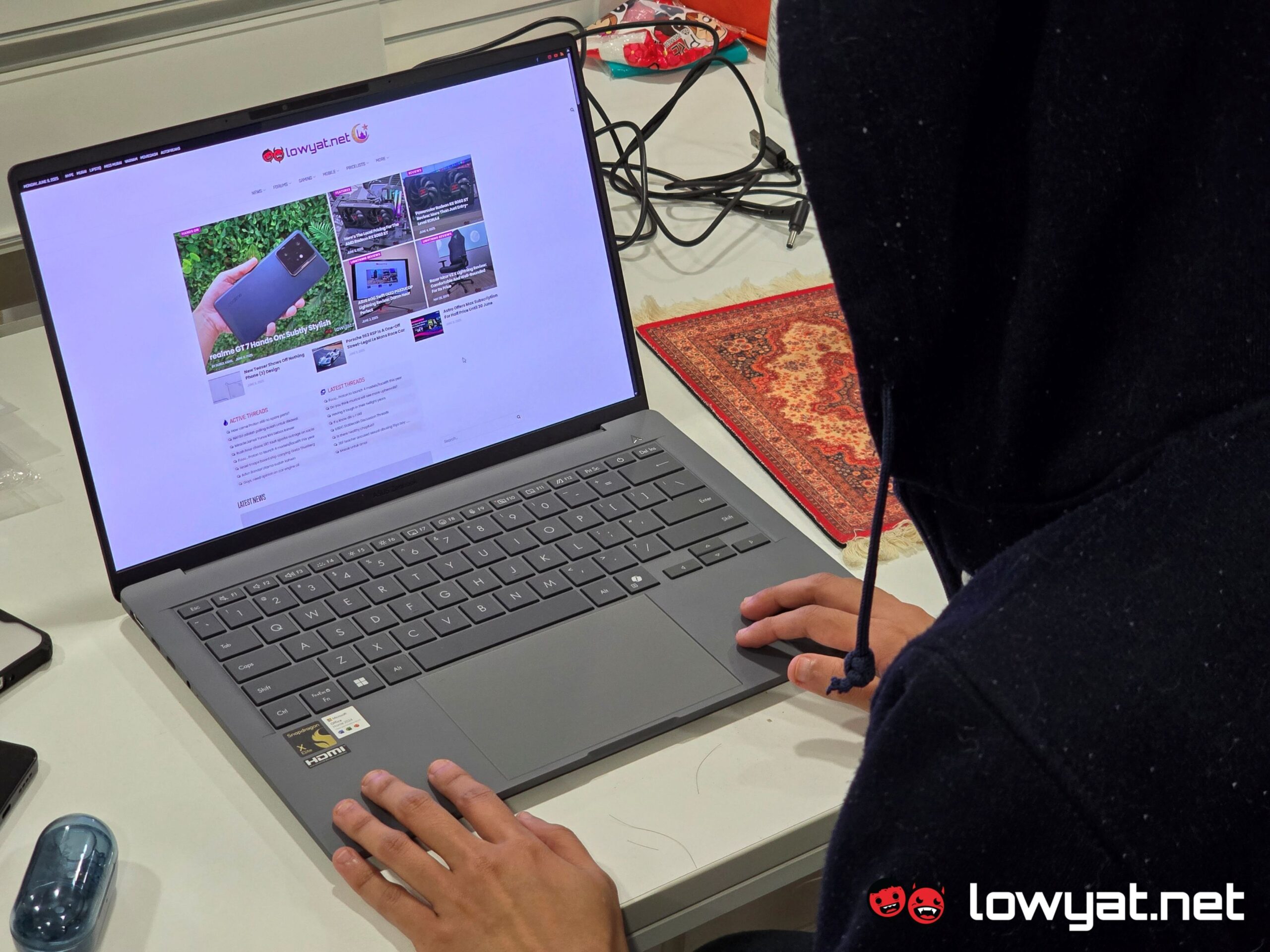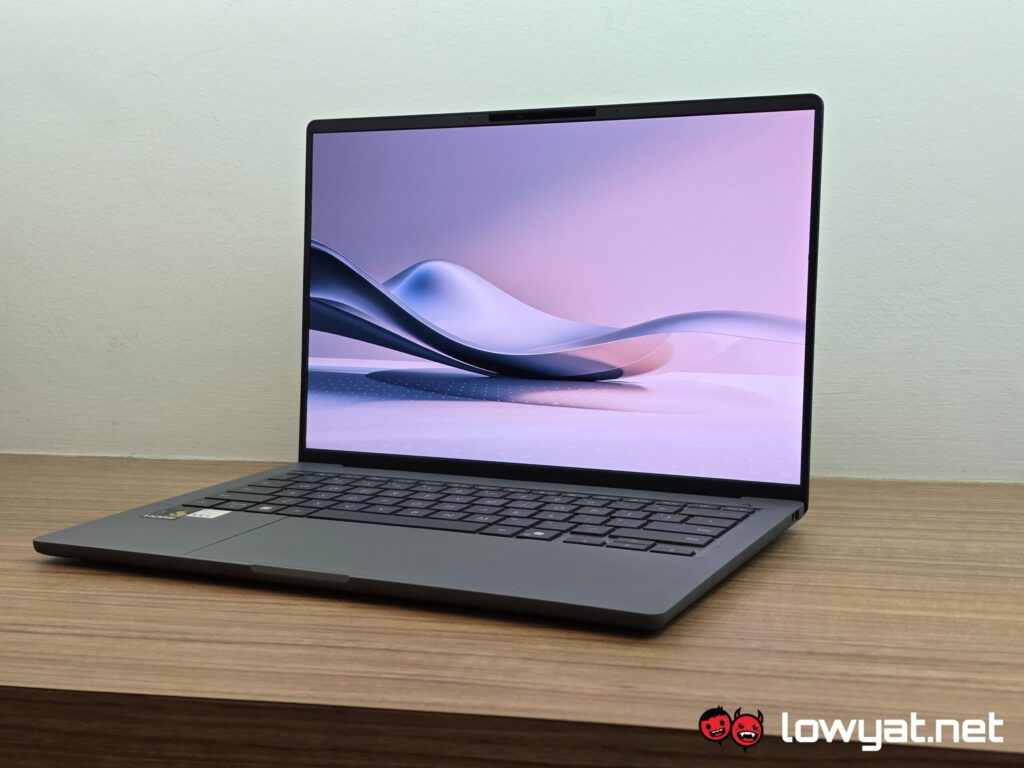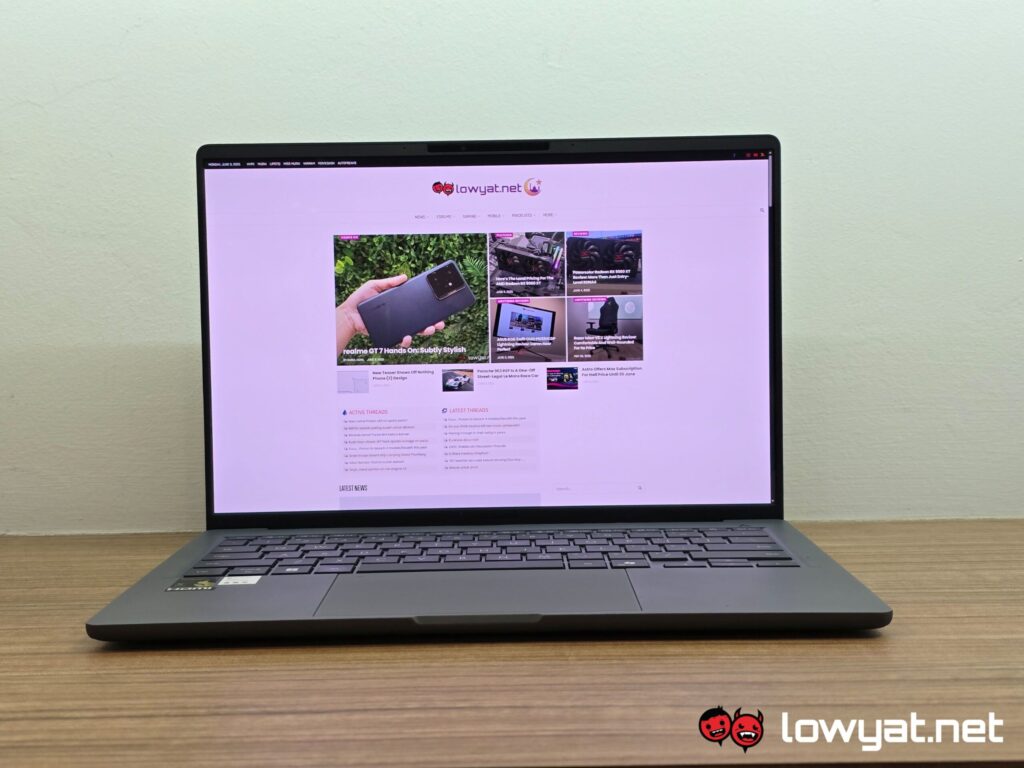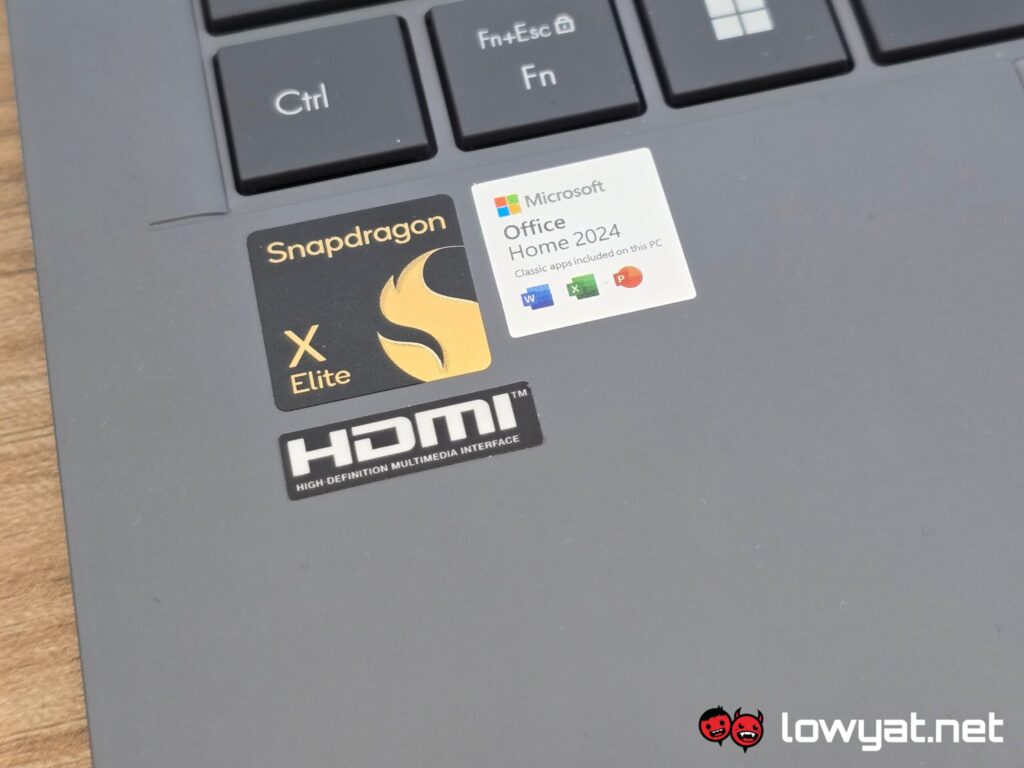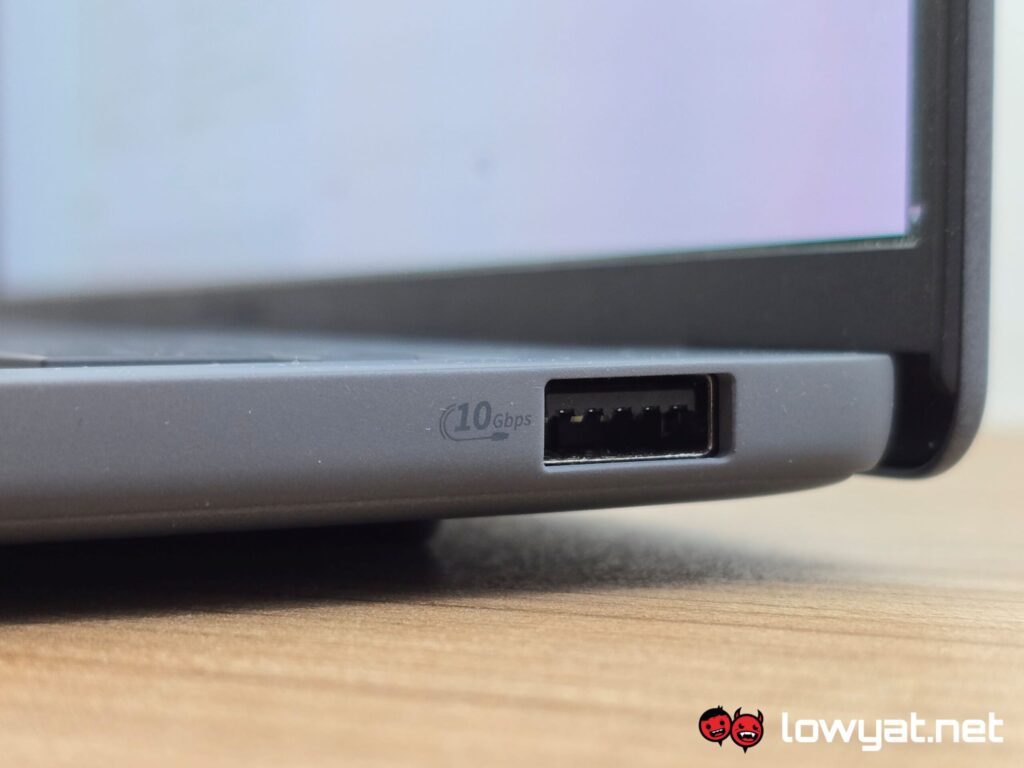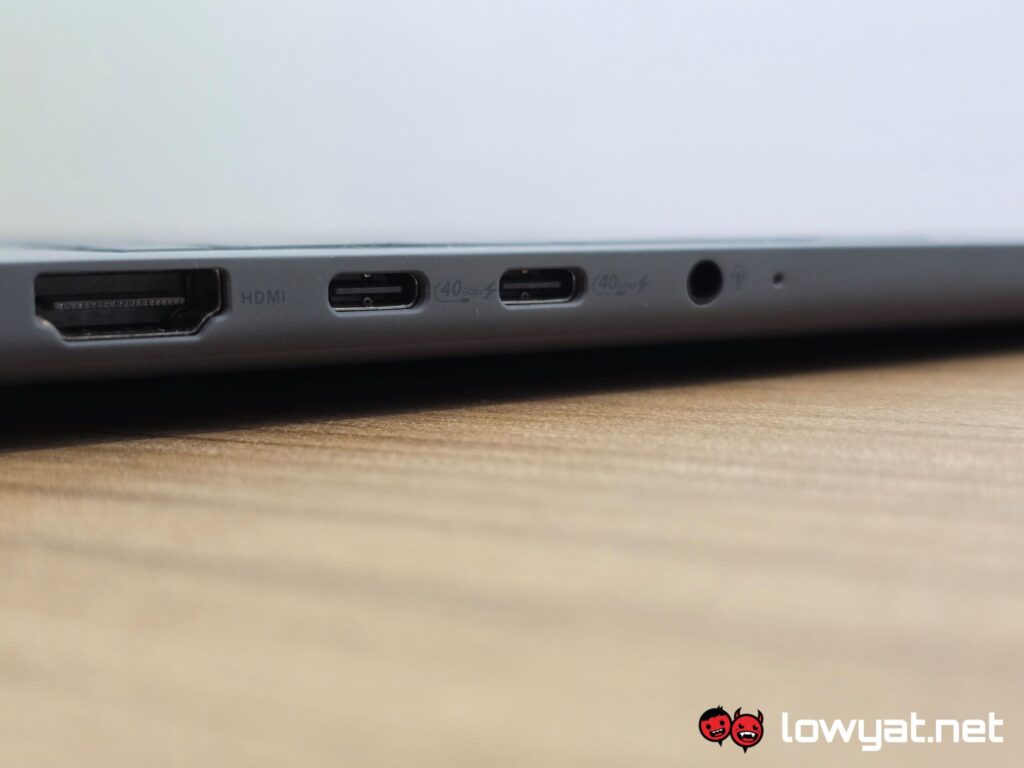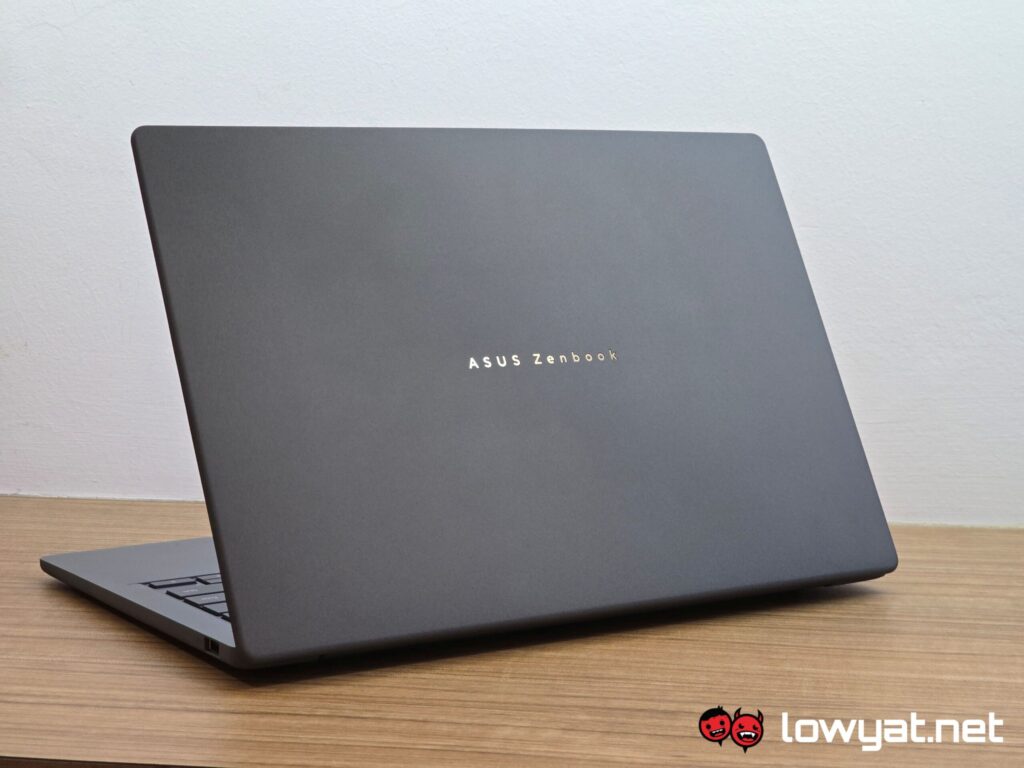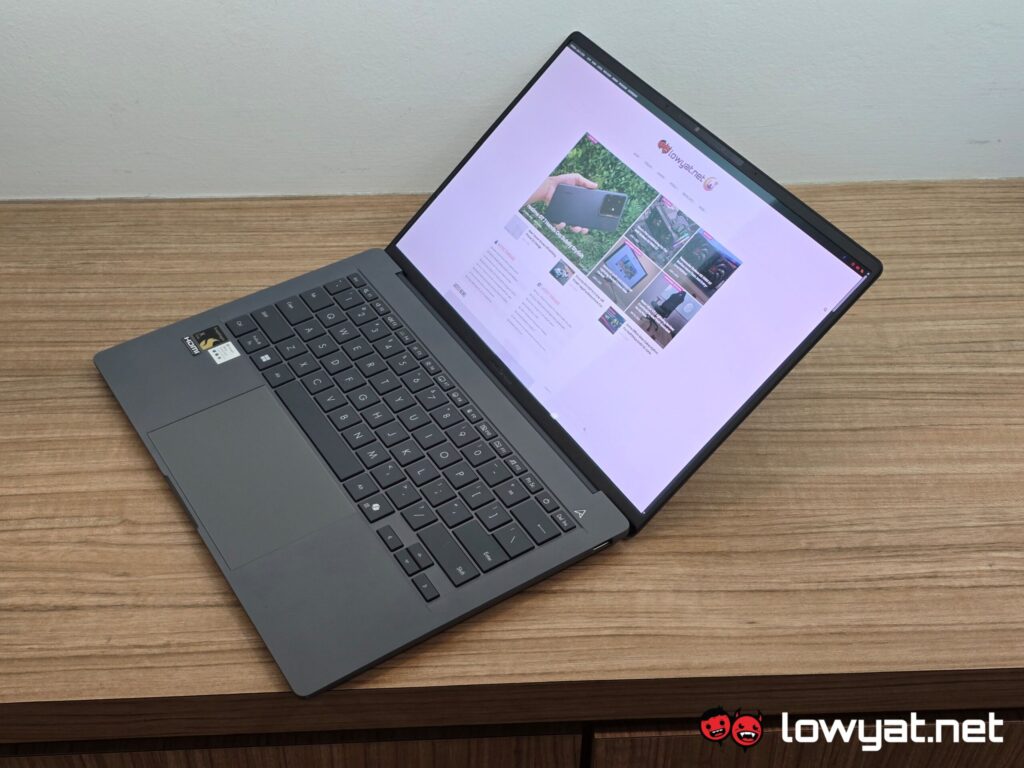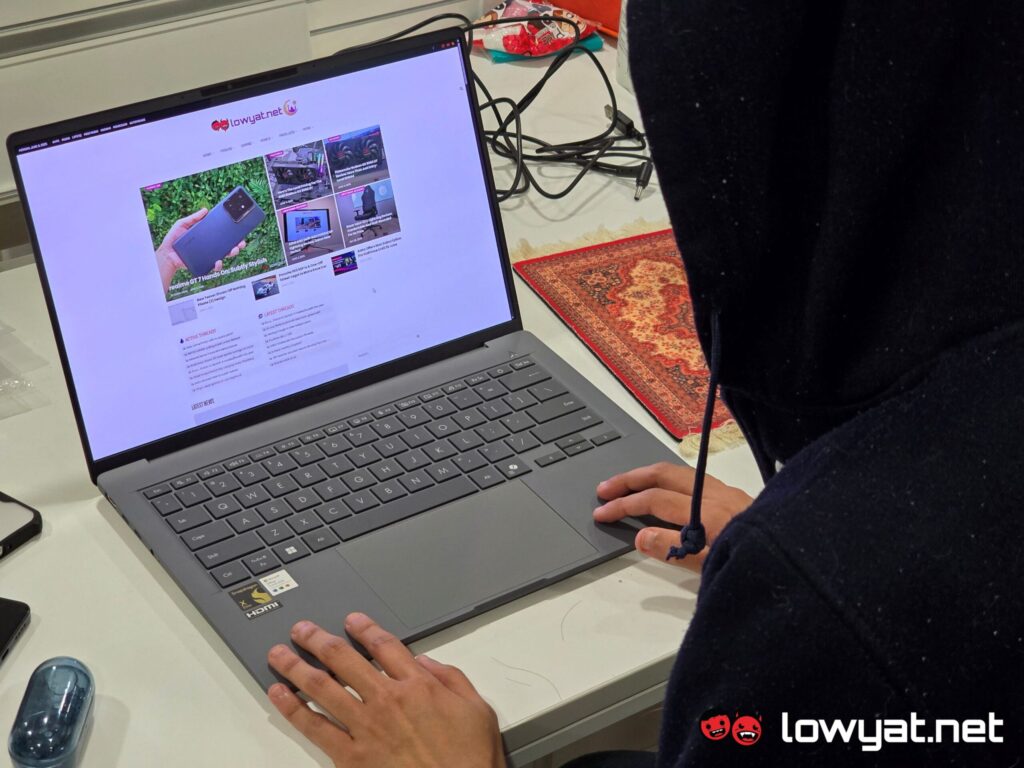The Asus ZenBook A14 marks the second time that I’ve had to use a Snapdragon X Series laptop as my daily driver, and to my surprise, it is Microsoft that has actually made some changes for the better.
What Am I Looking At?
The ZenBook A14 I have in my hands is is fitted with Qualcomm’s Snapdragon X Elite. One thing that sets this laptop apart from the Surface Laptop Snapdragon Edition I reviewed last year is the provision of an HDMI 2.1 port.
The chassis is made from Asus’ powdered metallic finish that adds a bit more grip, thanks to the texture. The base feels solid, with no give or bowing whenever I press down on it.
What’s Good About It?
As with all Snapdragon laptops, the main draw of the ZenBook A14 is the long, long battery life afforded that the chipset is famed for. As my daily driver, I am talking three days on average with the usual activities: preparing articles, reading and replying emails, watching videos or just doom scrolling. That’s how long it took before I had to plug in the charger.
A full-on binge of Netflix, YouTube, or my own personal collection of movies and series – the latter far exceeding the 2,000-hour mark – the ZenBook A14 averages close to 23 hours on a full charge, consistently.
The OLED display is, as you’d expect of the panel technology, eye-pleasingly simple. Colours pop, blacks are abyssal, and you get blinded by the whites, like a flashbang going off, whenever you open the browser for the first time of the day.
What’s The Catch?
At RM5,999, and the fact that this model is powered by the Qualcomm Snapdragon X Elite, the ZenBook A14 is still a tough sell, in spite of the improvements to its overall functionality.
As a gamer, the Zenbook A14 is far from ideal due to the simple virtue that I am unable to scratch that gaming itch once I’ve settled down in my hotel room. I know, gaming handhelds are a thing again but personally, my goal is to reduce the weight in my backpack, not increase it. And while this laptop does exactly that, it’s only nearly perfect in its delivery, even if it is the only issue that seems to occur.
At random times, booting up the Zenbook A14 from sleep mode results in sudden lag spikes, whereby accessing browsers or folders would freeze for a good ahndful of seconds before returning to form. At this point, I am unsure if it is a problem with Windows 11 or the Snapdragon X Elite SoC, but one thing I am fairly confident it isn’t is a lack of memory.
It is also difficult to justify the price with the 60Hz refresh rate of the ZenBook A14’s display. For RM5,999, Asus could’ve given at 120Hz for the panel but then again, it’s not like I’d be able to make full us of the extra 60 frames.
Should I Buy It?
As a workhorse to write my articles, sort out my emails, and for binge-watching Netflix, sure. Ultimately, it’s the battery life and endurance of this laptop, and all other Snapdragon X-based laptops for that matter, that is the key selling point.
The fact that it weighs slightly less than a kilogram is an enticing point too, but again, the lack of of a dedicated GPU, be it from NVIDIA or AMD, makes it less so for a gamer like me.
Photography by John Law.

